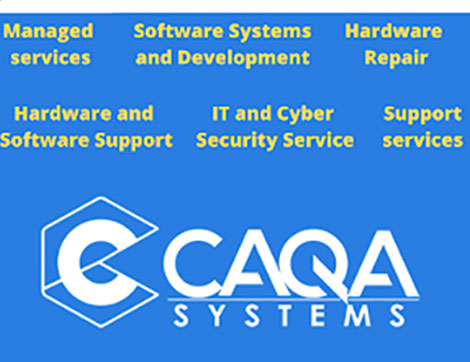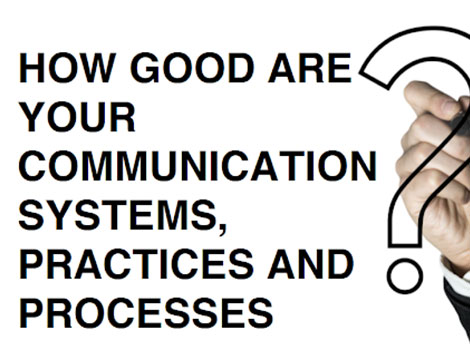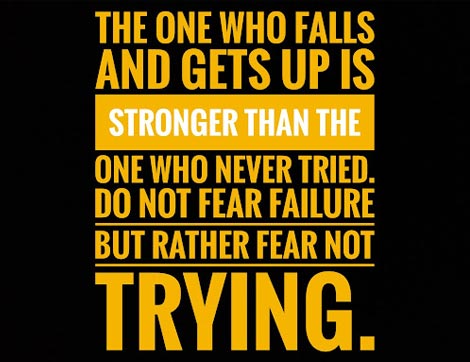People, places and things are all aspects of life that can help or harm your growth. It is, therefore, important to understand why and how you should attract people, places and things perfect for your personal and professional growth. If you don’t, you will not be able to make the right connections. You can make your decision on whether to keep what you have or start over by asking the question: “How do I grow?“
People, places and things are essential for personal and professional growth. In order to attract the right people for your business, you need to be aware of the different types of people that exist in the world.
Attracting people: People are not just created by their environment; they also need to be able to see the value in you. Some examples of methods to attract people could be: “building an online reputation”, “getting endorsements” and “winning awards”. These methods can be used as a stepping stone to improving your personal or professional life as well as attracting the right people.
Why should you attract people?
– It helps build relationships with new friends or business partners who could be valuable resources for your needs.
– Attracting them also gives your company credibility through big names in the industry.
– Attracting the right talent or clients for your business is essential to its success.
Attracting places: Attracting a perfect place for your personal growth is not as easy as it sounds. But there are some factors that you should consider when trying to figure out where best to go on vacation or relocate your business. Some examples of methods to attract places could be: “visiting somewhere you’ve never been before”, “making a purchase in a store” and “attending an event”. These could also help you grow because they might give you ideas or even introduce you to new friends and opportunities.
Attracting things: It is important to know the difference between the things you want and the things you need in order to grow. The difference is that things you need are essential for your growth while the things you want may not be vital for it. First, by attracting something perfect for our growth, we can focus on what we’re good at – doing what we love. Second, it provides us with more motivation and confidence in pursuing our goals because they’re already met halfway through! Finally, by attracting what’s needed for our growth instead of what’s wanted, there will be less stress to find something that meets both needs and wants. If you want to attract things perfect for your personal and professional growth, it’s important to be aware of what is in your comfort zone and then do something different that will challenge it. You might be reluctant but you will learn something new in the process that will allow you to be more successful in the long run.
People, places and things come in a variety of shapes and sizes. They can be big, little, hard to get to, or hard to find. The three are not mutually exclusive – the best thing you can do is to attract people, places and things that are right for you.
You should focus on attracting people who have a similar mindset to you, share your values and have a similar goal as you do. A good way to do this is by connecting with them online through social media platforms like Facebook, Instagram or LinkedIn.
Once you find the right place for your business, make sure that it fits your needs as well as those of your target audience.
Attracting the right people, places and things can be challenging. It is important to find what you are looking for and know the right way to attract these people, places and things.
Why should you attract people best suited for your personal growth?
– To grow your network – Connect with new people that can help you or act as a resource in the future.
– To grow your social capital – Attracting more people will give you more credibility with them, which can help when potential clients come knocking on your door.
– To learn new skills – By attracting other experts in their field who share your interests, you will have access to their knowledge without having to work hard for it.
– To find mentors – Attracting experts who are looking out for others like yourself
What you can do to attract the right audience
Understand your core values
The first thing you need to do is start with your core values. What are the things that are important to you? What does success mean for you? What are your ambitions? Then, think about how these core values align with what you want out of life. For example, someone who has a strong value in financial health would attract people who support their financial health by joining them on their journey toward financial independence or enrolling in their coaching program.
Once you have an idea of what things function best for your core values, think about which avenues would be most beneficial to attract the right people.
Build up your reputation
You can also build up your reputation by providing value in everything you do. You can create an online presence that gets people interested in what you do – your blog or website, social profiles or even career development plans like an e-book or webinars.
Think about the bigger picture
You may have a lot of choices when it comes to attracting people, places and things perfect for your personal and professional growth. It is important to think about the bigger picture in order to make sure you are making the right choice.
Get endorsements
It is important for businesses to make use of endorsements and testimonials as they can help them grow. When you want to attract new customers, the best option is to make use of endorsements.
By posting a message of their endorsement on social media and reaching out to influencers, brands can attract new customers and profit from their efforts. The more endorsements the brand gets, the more effective its marketing strategy becomes.
Some of the most effective ways of attracting people or things are through promotions and advertising on social media channels such as Facebook and Instagram.
Winning awards
The three components of growth are new customers, increased sales and increased market share. Winning awards will help to attract new customers, increase sales and increase market share.
The benefits of winning awards would be increased revenue which will help to grow the company in the long run. This is especially important when you want to attract people and places that are perfect for your growth such as a culture-rich location or people with the right skill sets.
Think about the different ways that people can get in touch with you
– cross-platform publishing tools: Buffer, Hootsuite, SocialFlow, Sprout Social, WordPress blog posts
– email marketing: MailChimp, MadMimi
– social media marketing: Buffer, Hootsuite, Twitter ads
Each of these methods can be used as a stepping stone to improving your personal or professional life as well as attracting the right people.




















